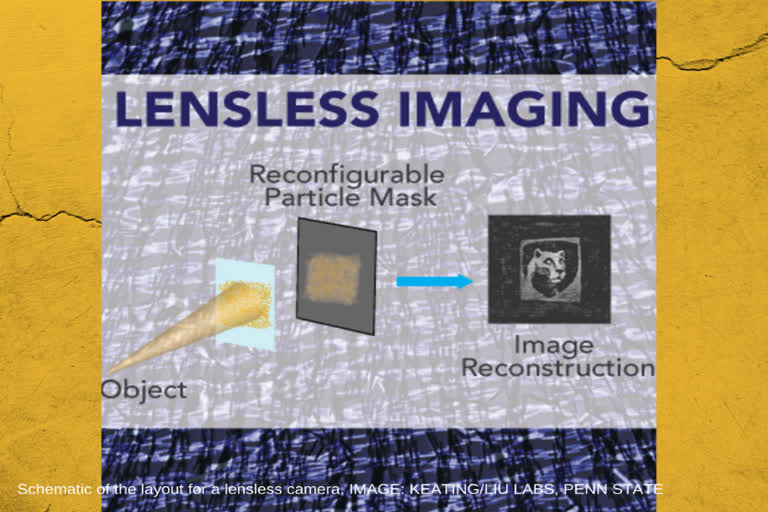U.S.: The electric-field directed self-assembling mask technology is expected to have uses in lower-cost and faster disease diagnosis, the enhancement of optical microscopy, and may even lead to thinner cellphone technology.
The researchers create a mask of microscopic gold wires and place them near the object that will be imaged. The mask scatters the light reflected off the object and an image sensor collects the light. An electric current rearranges the particles in the mask, producing a new mask with every iteration, and the system records each new image. The multiple light captures are then computationally reconstructed into the original object image, resulting in highly improved resolution and quality.
Also Read: Study reveals Antarctic ice loss expected to affect future climate change
"We are not the only group to do lens-free imaging," explained Jennifer Miller, a doctoral candidate in chemistry and a first author on a paper recently published online in ACS Nano. "What is different about our work is that typically you would need to make multiple masks and physically move them around to get multiple images. This becomes bulky and expensive and negates some of the simplicity that is the advantage of lens-free imaging."
